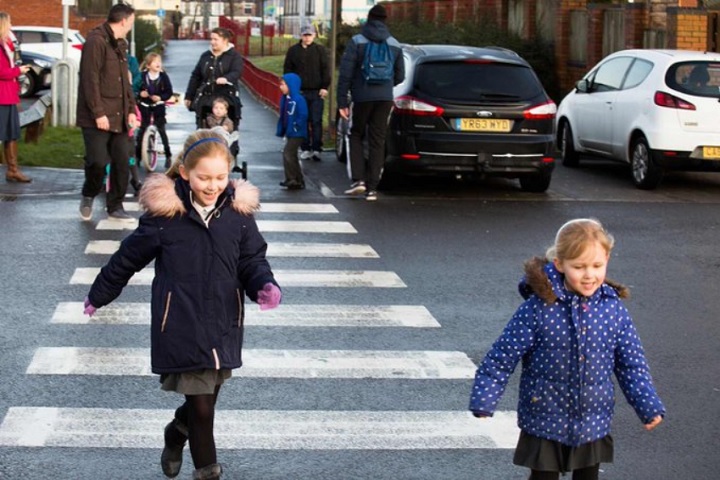
Bold targets and new investment are needed to tackle falling walking rates in Wales, Living Streets has claimed.
Statistics published by the Welsh Government on 13 November show 6% of adults cycled at least once a week during 2018/19 – with 57% walking at least once a week.
The Welsh Government says cycling rates have ‘changed relatively little over recent years’ and walking is ‘broadly unchanged from the previous year’.
However, Living Streets says the number of people walking and cycling has fallen in recent years, while car usage has increased.
Living Streets has also expressed concern over the number of primary-school-aged children travelling actively to school – with fewer than half walking or cycling (44%).
Just a third (34%) of secondary school pupils travel actively.
Living Streets says more needs to be done to make active travel the ‘easiest choice for people making short, everyday journeys’.
Rhiannon Hardiman, manager, Living Streets Cymru, said: “Making it easier, safer and more attractive for people to walk and cycle will help tackle some of the biggest public crises facing the nation – poor air quality, inactivity and social isolation.
“If transport is to be more sustainable, Welsh Government must set bold targets and invest in infrastructure and behaviour change campaigns.
“New infrastructure for active travel won’t work if it doesn’t address the many real and perceived barriers to walking. Ineffective crossings, pavements obstructed by cars, and speeding traffic can all stop children getting active on the school run and leave the older members of our communities unable to travel independently.
“If we want more people to move away from private vehicle use, we have to make the alternative safe, convenient and accessible.”
Comment on this story